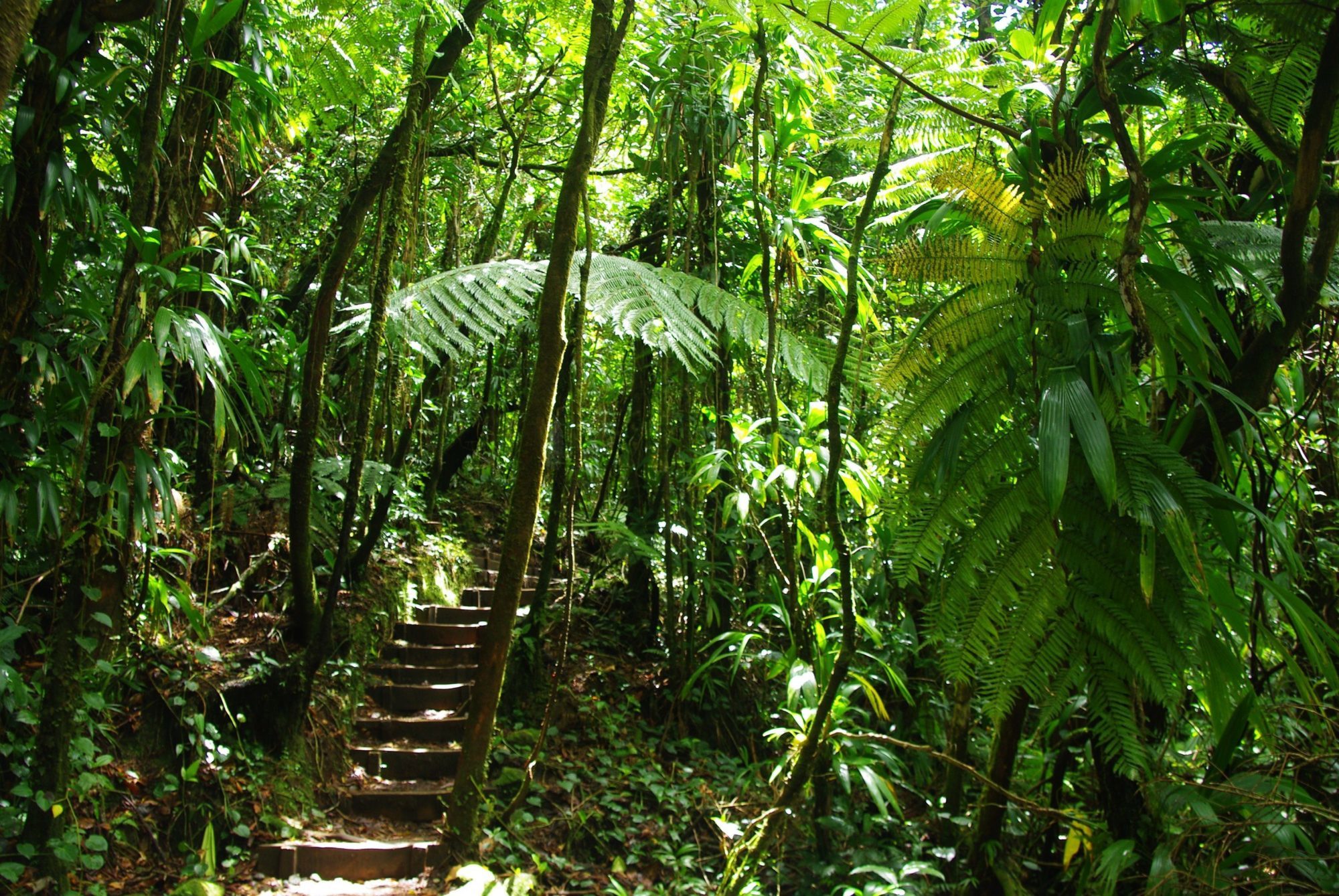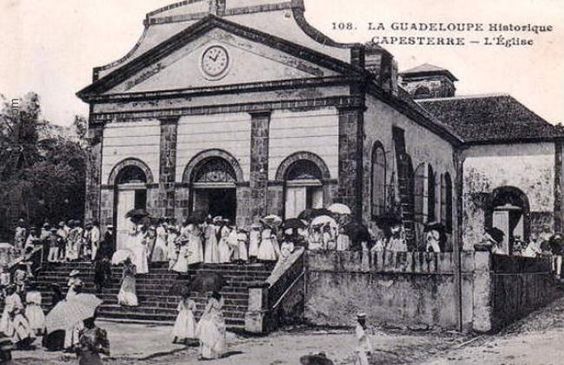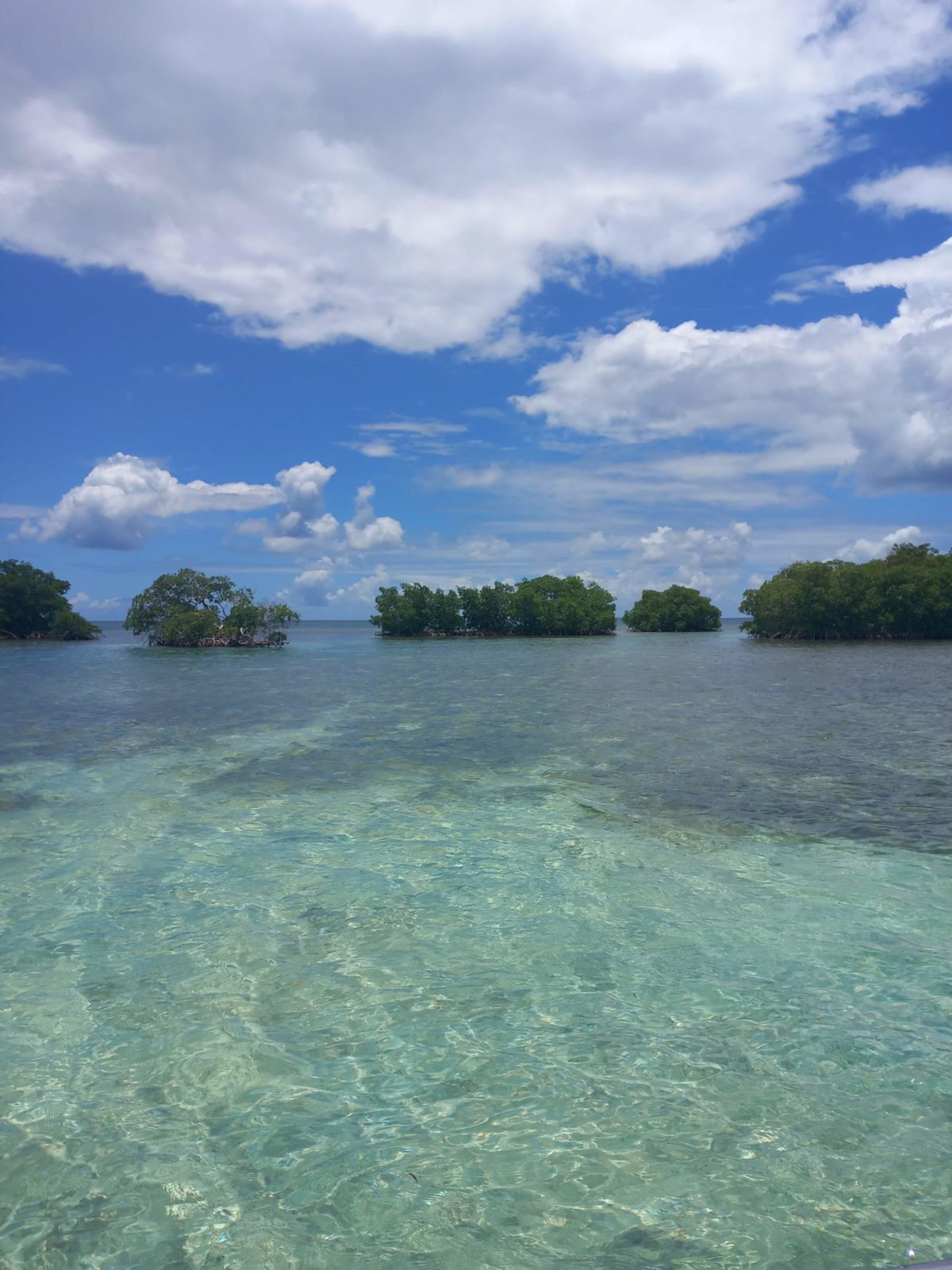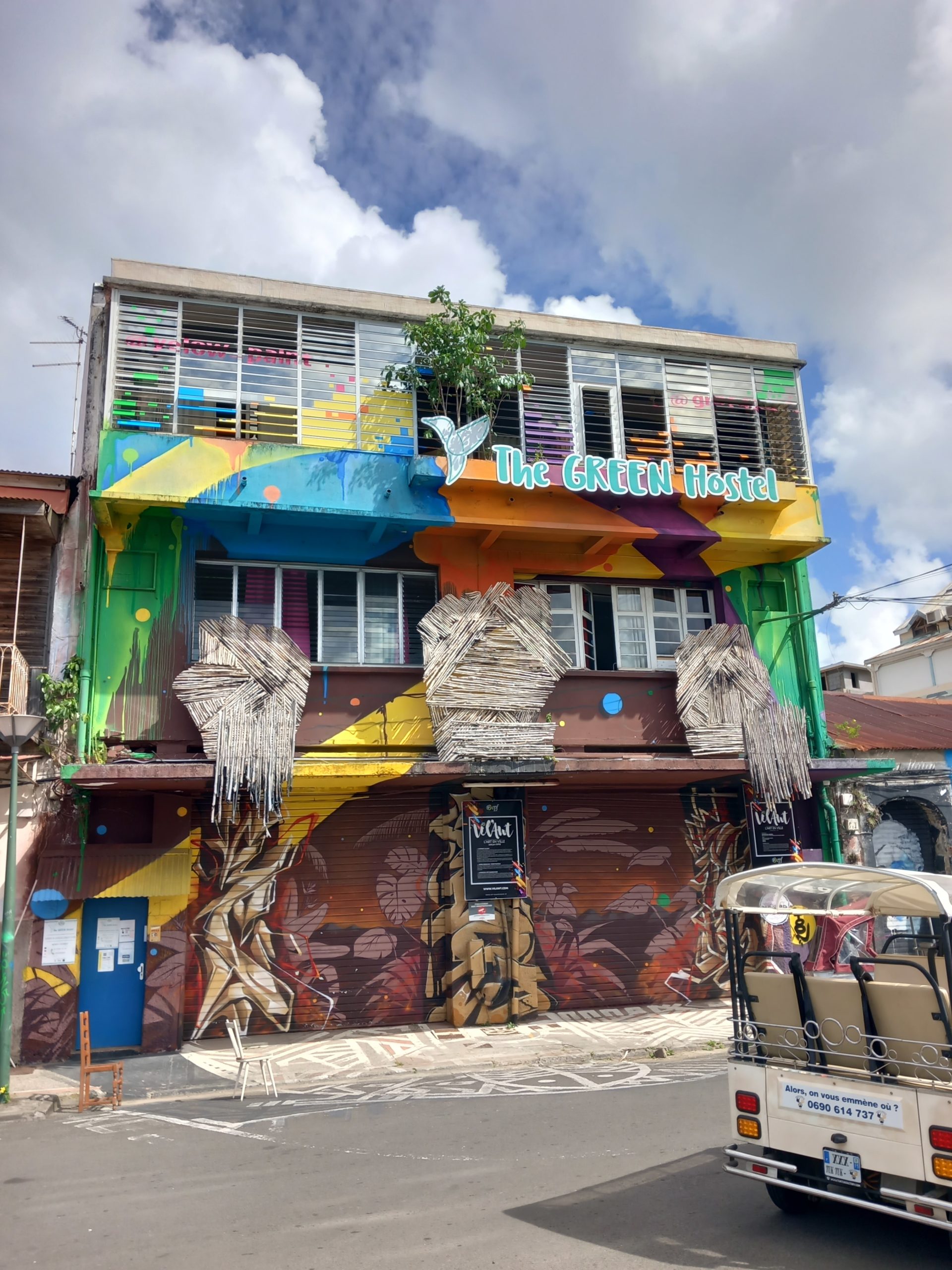
Cyclones are a rather complex and poorly understood meteorological phenomenon, present in many places around the globe, from Asia to the polar circle. We will focus on those that we can observe in the Caribbean to learn a bit more about them.


Cyclones are a rather complex and poorly understood meteorological phenomenon, present in many places around the globe, from Asia to the polar circle. We will focus on those that we can observe in the Caribbean to learn a bit more about them.

What better way to delve into the past than with old postcards? These speaking relics of the past always allow us to learn a little more about the present. In this article, we will present striking before and after comparisons of old and recent photographs of Guadeloupe.

Although it may be hard to imagine today, in 1962, an Air France Boeing aircraft crashed less than 800 meters from Piton Bungalows. It was the second-largest crash in Air France’s history after the Paris-Rio flight, yet it remains relatively unknown to this day. Engraved in the memory of the village elders, this unfortunate accident has given rise to several theories about its cause, which still remain a mystery. Declassified less than a year ago, documents from that time now shed some light on this secret story that has been kept hidden for over 60 years.

Indispensable lung of Guadeloupe, the mangrove now covers over 8,000 hectares in the archipelago. Long destroyed in favor of the island’s industrialization, its importance is now more than proven, and its preservation is vital.
Half of its surface is now protected by the National Park in a lagoon called the “Grand Cul de Sac Marin”, a reserve kept intact thanks to the coral reef that protects it, and more recently, thanks to the human action of enthusiasts who will make you discover this fragile environment to raise awareness and make you active participants in its survival.
Located on the port of Sainte Rose, the Blue Lagoon team offers you a unique excursion to discover this incredible ecosystem. Upon arrival at their cabin, you will be welcomed by their team, consisting of more than just certified captains but a family of enthusiasts who are eager to teach you everything they know about the subject and involve you in this cause dear to their hearts.
The excursion they offer is conducted in small groups of up to 12 people. The unique feature of their boats is that they have a flat bottom, allowing access to hidden places where the depth sometimes reaches less than a meter, offering a unique and comprehensive visit to the most secret and inaccessible areas of the Grand Cul de Sac Marin.
Jean-Eudes, the owner, has acquired precious knowledge in this field after 15 years of experience, and he will share it with his team of captains: Clément, Max, Jérémie, and Matthieu. After several years of sailing individually, they all came together around the same passion: to make you discover and, above all, understand the importance of the mangrove and the immense ecosystem of which it is a part.
Through their excursion, they will present to you, with humor and pedagogy, the wonders of this natural environment where their expert eye is essential to look where it matters. You will also be able to enjoy the beauty resulting from this perfect alchemy of nature by swimming in turquoise waters that are even more beautiful on-site than in any photos you may find on the internet.
Blue Lagoon is a complete success, both in terms of their ecological approach and their passion for sharing their knowledge with you.
As for the setting, it will leave you with a timeless memory of our beautiful island, and when you look at your vacation pictures after returning home, it will surely make you want to come back.
Blue Lagoon Excursion
Phone: +590 6 90 34 99 69
Website: https://www.guadeloupe-excursion.com/excursion/
Open Monday to Saturday from 7am to 7pm.
Mention this article during your call and get a €6 discount per adult!

Pointe-à-Pitre, an emblematic city of Guadeloupe steeped in history. This city, which has traversed the ages, sometimes worries more than it intrigues the many travelers who visit it. However, it hides unsuspected treasures that will allow you to discover the city from a new perspective.
Near the cruise terminal, a small discreet building houses the premises of Enoch and Julien, owners of the Pousse-pousse Taxi company. Former post office buildings with a ceiling adorned with metal beams from the Eiffel construction sites, the starting point of the tour sets the stage for the main theme: Pointe-à-Pitre is a city filled with history not visible to the naked eye.
Enoch and Julien offer different modes of transportation, such as small electric cars and electric and motorized Tuk-Tuks, which have crossed the ocean to take us on an unconventional tour through the city that we constantly traverse without paying attention to the right places.
Enoch is a native of Pointe-à-Pitre, passionate and fascinating with his journey and determination. He is a staunch advocate and defender of the arts and knowledge related to Guadeloupean and African history in the Caribbean. He is more than a guide; he is also an active participant in the preservation, realization, and development of the local culture that is dear to him.
During this tour, they will present different open-air paintings of Guadeloupean street art, which have breathed life and color into this city that can sometimes have a dark side. The various artists playfully graffiti history in strategic locations to accentuate their thoughts. Thus, one can find abandoned buildings transformed into monstrous animals several meters tall, deceased local figures brought back to life and transcending posterity on immense walls, and works filled with dozens of hidden messages narrating the infernal history of slaves torn from their countries to live through hell in the Caribbean.
Enoch is extremely knowledgeable about his subject, and his commitment is particularly noticeable during the visit to the Center for Arts and Culture, a building whose construction was halted without a clear reason. It has been taken over by numerous artists, and every unpainted wall is still crisscrossed with cables that abruptly stop. The artists have made the building their own and filled every centimeter with artwork worthy of a New York museum. Enoch has contributed, along with the many artists, to clean and preserve this place that seems to hold such significance for him.
When traversing Pointe-à-Pitre, one often gets the impression that the city is weighed down and bogged down in its past and its heavy architecture, where no one really wants to delve into it again. Thanks to the many artists and actors in this silent reconstruction, the city is gaining a new, calm, and patient momentum. It is a proof of hope, strength, and courage, allowing us to see the city with fresh eyes and, for once in a long time, imagine an optimistic future for it.

Originally from Asia, it was introduced to all of the Caribbean islands in the 17th century, and it arrived in Guadeloupe in 1674 thanks to Christopher Colombus’ travels. The island’s perfect climate and conditions for its cultivation allowed it to keep up with the world during the industrial revolution. At first, it was cultivated by slaves in terrible conditions, and although it has survived until our century, it is today one of the major economic resources of the island.